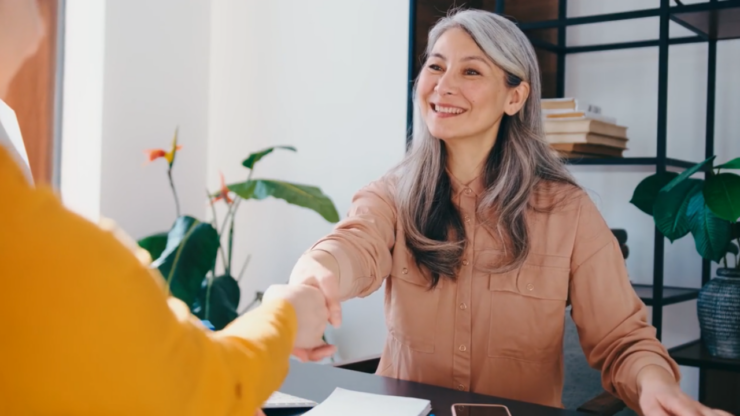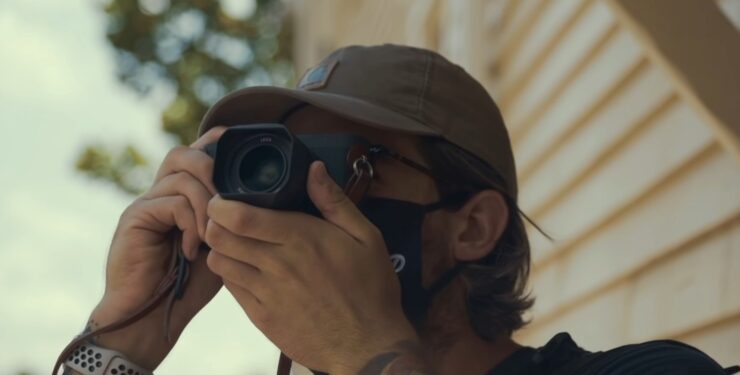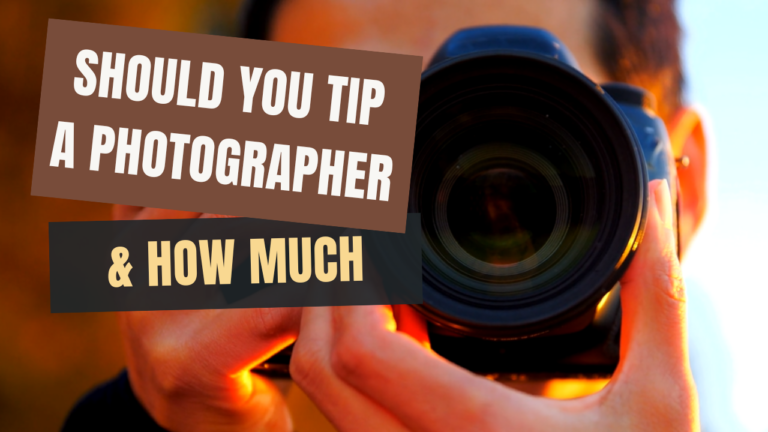Photography is one of those art forms that can be greatly enhanced by great lighting and perfect framing. And, like any other profession, there are certain things that go into making a great photograph.
From providing direction and feedback during the shoot to managing expectations afterward, a photographer often has a lot to do, which is why it can be so important to know when to tip them. There’s no exact answer to this question, as it depends on the photographer, the project, and even the particular situation.
However, general tips that may apply include providing good reception or studio space, being punctual and following established shooting schedules, and being communicative throughout the process.
So whether you’re hiring a professional photographer or taking your own shots at home, make sure you know when to tip them in order to get the most out of your experience. In this blog post, we will explore these guidelines and give you some tips on how much to tip a photographer.
How much to tip?

If you’ve had a great experience with a photographer and have some extra money to spare, tipping can be a nice way to say thanks. But just how much is appropriate, and are there any exceptions? Here’s what you need to know about tipping photographers:
Tipping isn’t mandatory, but it’s often appreciated. Generally speaking, tipped workers earn an hourly wage plus tips, so the more time and effort you put into your session, the more the photographer should get in return. There are no hard and fast rules when it comes to tipping, but 10-15 percent is generally considered standard.
Some people feel that if they don’t tip the photographer at all their experience was essentially free (especially if they hired someone for an hour or less). Others feel that anything over 10 percent is excessive, especially if the service was below average.
If you’re not sure whether or not to tip your photographer, just err on the side of generosity and give something close to what is recommended. And remember: if you’re feeling particularly generous, consider buying the photographer a drink or meal after their work is done!
The Dos and Don’ts of Tipping Photographers

When you take photos with a photographer, it can be easy to forget what is customary in the world of tipping. Here are the dos and don’ts of tipping photographers:
Do tip for great shots! Not only do great shots deserve a tip, but any great shots – no matter how minor the contribution may seem – are worth rewarding.
Do tip for engagement photography! When you book an engagement session with a photographer, it’s important to remember that your photographer not only takes beautiful pictures but also helps capture your relationship in a special way. Consider giving them a small token of appreciation as part of your engagement session fee.
Don’t forget about the basics! Tips can go a long way when it comes to rewarding good photography work, but don’t forget to give props for effort regardless of whether or not the photo is technically perfect. A sincere ‘thank you’ goes a long way in keeping relationships healthy between photographer and client alike.
When to Tip a Photographer
If you have had a great experience with a photographer and feel they have provided exceptional services, tipping is definitely deserved!
However, it is also important to note that tipping is not mandatory and there are no set guidelines. Ultimately, what feels fairest to you may vary from person to person.
Here are a few tips to consider when tipping photographers:
- Consider the amount of time and effort the photographer put into capturing your special day
- Think about how much money you spent on their services
- Tipping should be considered an extra thank you for an amazing job well done
- If the photographer provides coffee or snacks while they are working, offer a nominal tip
A basic charge covers basic services like taking pictures for an hour-long session with a professional photographer. For more complex shoots, such as photographing a wedding party or special event, tip $50-$75 per person for services rendered. Additional charges may apply for specific locations or props needed for the photo shoot.
Watch this video for additional information:
Tipping is not always necessary when hiring a beginner who will primarily use digital tools to create photos, but it becomes more important when using traditional film cameras that require time to develop and print prints. For photographers using digital technology, a gratuity is not customary but appreciated if offered; 10-15 percent is customary in most cases.
Read our article about the differences between matte and glossy photo prints.
Finally, never forget to say “thank you” after your session is complete! Sending thank you cards shortly after your photographs are delivered can show your photographer how much their work means to you and help preserve their relationship long into the future.
Conclusion
Always tip based on what you believe was accomplished in your photo session. Sometimes it can be easy to forget that some tasks – like posing someone for a portrait – require more time and effort than others. Second, keep in mind that photographers generally earn their income by charging for their services rather than by getting tips directly from clients.
Finally, don’t be afraid to speak up if you feel that the fee charged is too high or if there were changes you would have made had you been given more notice about what was expected of you during your shoot. There’s no harm in letting your photographer know exactly what you want from them; after all, they’re professionals who work hard every day!

